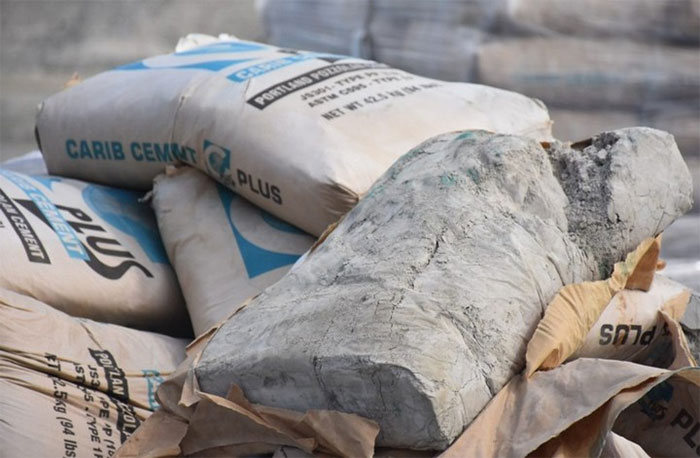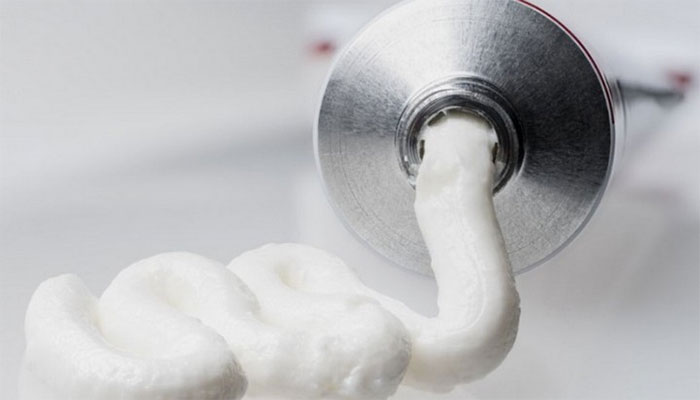Why do toothpaste and cement often harden after some time left in the environment?
US and French scientists have recently discovered the mechanism behind the freezing of toothpaste or cement over time if left in the environment.
If you look inside the lid of the toothpaste, you will notice that there are hard, white residues and it is surprising that it is the liquid and thick toothpaste mixture that you often use. In fact, not only toothpaste, but many materials exist in such a thick form. Take for example, cement often changes from a liquid state, to a solid state after only a few hours.

Material particles after contact with each other will gradually harden and increase the hardness of the material.
According to Sciencedaily , material structure or changes in material load over time are often thought to be the leading causes of changes in the hardness of this material . But for decades, scientists have always suspected there is more going on inside these materials.
Recently, a professor of biomolecular engineering and chemistry at the University of Delaware (USA), Eric Furst and colleagues from the University of Ecole des Ponts and Paris-Est University in France discovered a the process is called "contact-controlled aging" , roughly translated as "contact freezing" . This process explains the changes in the mixture of pasty materials such as toothpaste and cement over time.
Specifically, the team found out the pattern of contact between particles and the superstructure stability of this mixed material. Particulate matter after contact will gradually harden and increase the hardness of the material, and create a solid mass.
Furst said that when people think of material coagulation and their mechanical properties over time, we don't think it's caused by changes in the organization or microstructure of the object. Whether.

The toothpaste that goes outside for a while will harden,
By understanding how materials coalesce, people can think of ways to make materials and minimize unwanted effects related to material performance.
Furst says the team's new research makes a lot of sense because we can proactively control the setting of a viscous paste. In particular, industries that will benefit from this research include cement, clay, inks, paints, etc.
Researchers have used various methods to discover the coagulation of silica and polymers. Initial experiments show that the microstructure of a material does not change over time. But if the particles don't change their position then something must have happened between them. In many previous experiments, Furst used laser tweezers or optical tweezers, projected onto the material to bend and break the microstructure of matter particles, thereby studying the bonding hardness in materials such as silica and latex.
A study by a group of US and French scientists was recently published in the journal Nature.
- Tablet toothpaste helps protect the environment
- Novacem Cement will replace Portland cement?
- Scientists first made cement in the universe
- Green cement
- Future iPhone made from cement?
- Fluorine toothpaste: Beneficial and harmful
- The toothpaste tube will be replaced by the peel dissolved in the mouth
- Build solid houses from clay
- Video: 5 other functions of toothpaste you may not know yet
- 11 great uses of toothpaste
- The formula makes the new type of cement reduce the amount of CO2
- Use a lot of toothpaste that is dangerous to the nervous system
 'Fine laughs' - Scary and painful torture in ancient times
'Fine laughs' - Scary and painful torture in ancient times The sequence of numbers 142857 of the Egyptian pyramids is known as the strangest number in the world - Why?
The sequence of numbers 142857 of the Egyptian pyramids is known as the strangest number in the world - Why? History of the iron
History of the iron What is alum?
What is alum?